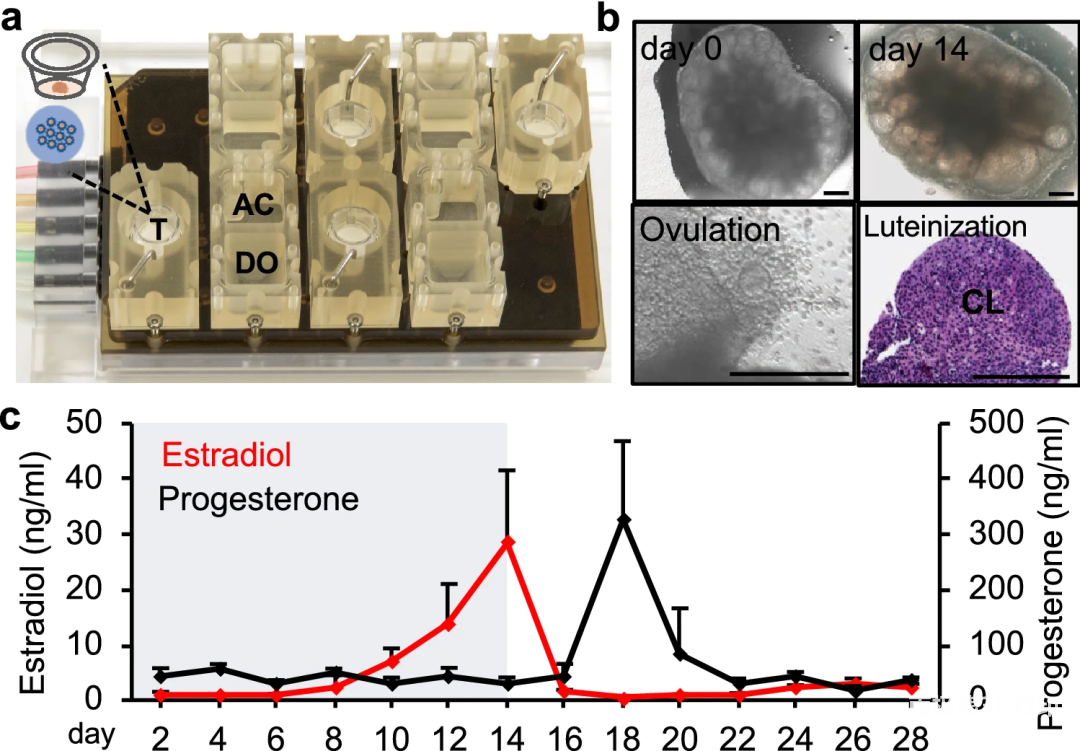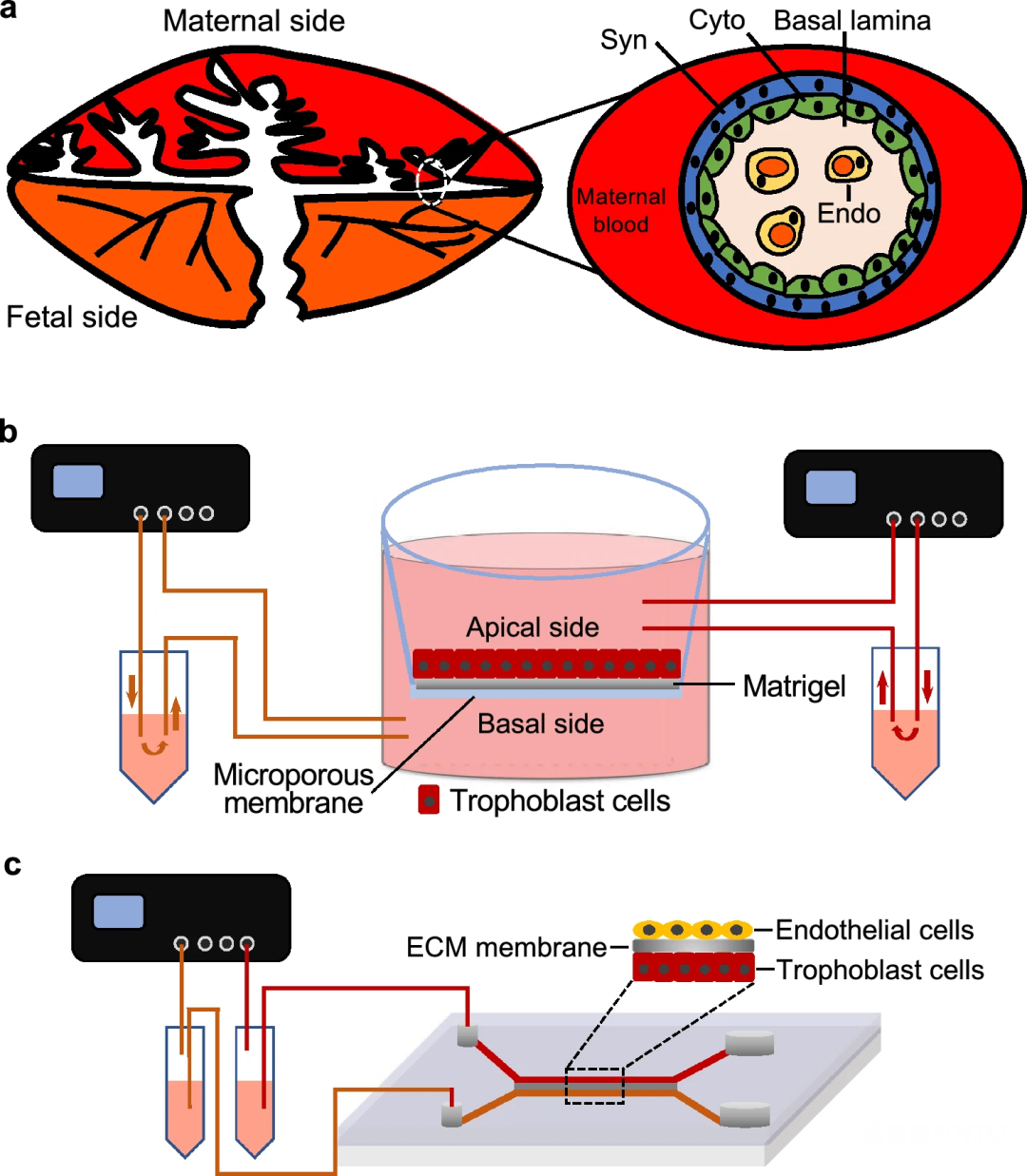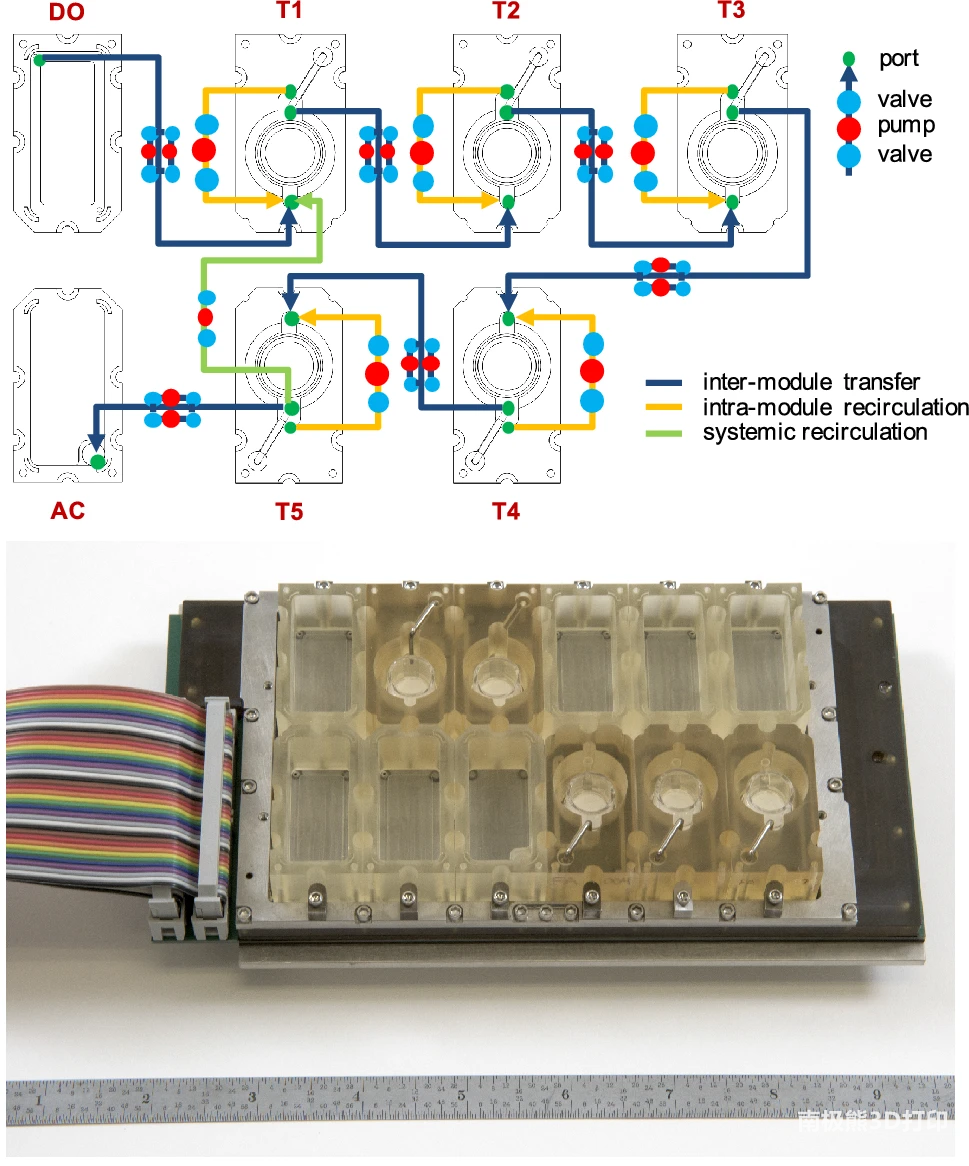In 2020, Maria E. Zubizarreta and Shuo Xiao published an article titled Bioengineering models of female reproduction on Bio-Design and Manufacturing.
This review paper focuses on
biology
The application of engineering in the construction of female reproductive models. The female reproductive system is composed of ovaries, gonads and fallopian tubes, as well as reproductive tract organs composed of uterus, cervix and vagina. Its function is to provide hormone support and anatomical structure for the production of offspring. Many endogenous and exogenous factors can affect women’s reproductive health and fertility, including genetic vulnerability, medications, environmental risks, age, nutrition, and disease.So far, due to the biological
medicine
The ethical issues posed by human subjects in the research, most researches use animal models and 2D cell/tissue culture models to study female reproduction. However, the complexity of the female reproductive system and species differences make it difficult to compare with animals.
In addition, monolayer cells cultured on flat plastic or glass lose their 3D structure and physical and/or biochemical contact with other cells in the body. In addition, all reproductive organs do not work alone, but are connected to each other, and are also connected to non-reproductive organs to support female reproduction, endocrine and general health. These facts indicate that we urgently need to develop a representative and efficient in vitro model for the study of human female reproduction. Great progress in bioengineering (e.g. biomaterials,3D printingAnd organ chips) allow us to study female reproduction in a whole new way. This article summarizes the latest advances in the use of bioengineering methods to study female reproduction, including bioengineering models of ovaries, fallopian tubes, uterus, embryo implantation, placenta, and reproductive diseases.



Article Source:
https://doi.org/10.1007/s42242-020-00082-8
(Editor in charge: admin)


0 Comments for “University of South Carolina Xiao et al. | Bioengineered Female Reproductive Model”